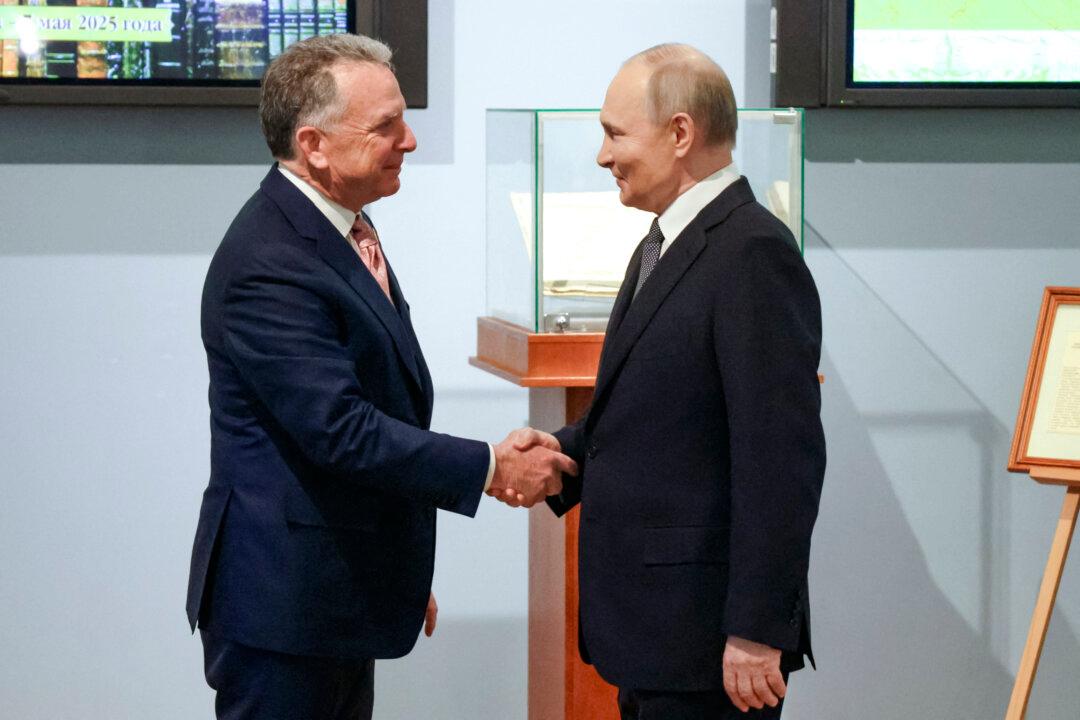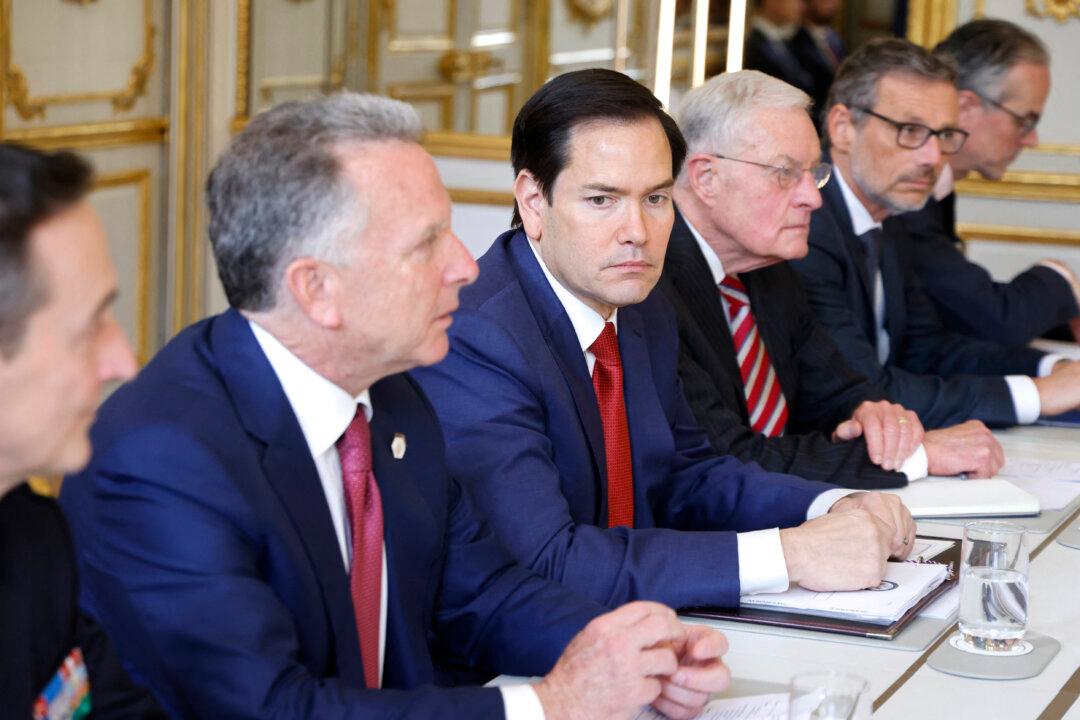A Sept. 19 meeting of the Ukraine Defense Contact Group—a 54-country bloc that coordinates Western military assistance to Ukraine—ended without fresh Western pledges to provide Kyiv with longer-range missiles, including the U.S.-made Army Tactical Missile System (ATACMS).
“We’ve done a credible job of meeting Ukraine’s need for air defenses,” U.S. Defense Secretary Lloyd Austin told reporters after the meeting at the U.S. Ramstein Airbase in Germany. “But there’s more work to be done.”
Also known as the Ramstein Group, the Ukraine Defense Contact Group is a loose alliance that includes all 31 NATO member states.
It was created in the spring of 2022 after Russia launched its invasion of eastern Ukraine. Since then, the group has met several times at the Ramstein Airbase and at NATO headquarters in Brussels.
According to Mr. Austin, group member states “are rushing Ukraine the security assistance it needs for the current counteroffensive and helping it build a force that will ward off future aggression.”
He also announced that 31 U.S.-made M1 Abrams tanks, pledged to Kyiv earlier, would “soon arrive” on Ukraine’s frontline.
Mr. Austin said that the United States, together with Kyiv’s other allies, had thus far committed more than $76 billion of direct security assistance to Ukraine’s war effort.
In a nod to congressional calls for greater accountability, Mr. Austin pledged to “work with our Ukrainian partners to ensure all assistance is used effectively.”
He also thanked individual contact group member states—including Germany—for spearheading efforts to provide Ukraine with German-made Leopard tanks, F-16 pilot training, and other forms of military assistance.
Echoing a common refrain, Mr. Austin vowed that group member states—with the United States at the lead—would “stand by Ukraine for the long haul.”

The proposed 2024 U.S. defense budget includes $80 million for a U.S. Army Tactical Missile System, such as the one being used by the South Korean Army in this 2017 photo, to be delivered to Ukraine. South Korean Defense Ministry via Getty Images
For months, Kyiv has pressed its Western allies for longer-range missiles, including the ATACMS.
With a range of 190 miles, the missiles carry cluster munitions and can be used to strike targets deep behind enemy lines.
The White House, however, has thus far held back because of fears that the move could escalate the conflict with Russia.
Ukraine has also urged Germany to provide it with similar Taurus missiles, but Berlin insists on coordinating all arms-delivery packages with Washington.
Notably, German Defense Minister Boris Pistorius didn’t attend the Ramstein meeting after reportedly being diagnosed with COVID-19 one day earlier.
But on Sept. 18, he announced a fresh military-aid package to Kyiv—including munitions—worth 400 million euros.
“Munitions are what Ukraine needs most,” Mr. Pistorius was quoted as saying by the German press. “We will also contribute military vehicles and demining equipment.”
He said, however, that Berlin had “yet to decide” whether to provide Kyiv with the sought-after Taurus missiles.
The German government must “thoroughly weigh” the potential ramifications of each new weapons consignment, Mr. Pistorius was quoted as saying.
Germany is currently the top supplier of arms to Ukraine, after the United States.
Annalena Baerbock, the German foreign minister, recently said that Berlin had provided Kyiv with more than 22 billion euros worth of assistance.

Secretary of Defense Lloyd Austin addresses reporters at Ramstein Airbase, in southwestern Germany, on April 21, 2023. Andre Pain/AFP via Getty Images
Austin, Milley Hail Counteroffensive
Mr. Austin also used the meeting in Ramstein to reiterate the U.S. assessment that Ukraine’s counteroffensive, now in its fourth month, was still making headway.The counteroffensive, he told reporters, “continues to make steady forward progress.”
“Brave Ukrainian troops are breaking through the heavily fortified lines of Russia’s army of aggression,” Mr. Austin said.
The defense chief also stressed that Ukraine’s “recent gains” on the battlefield depended on the “crucial capabilities” facilitated by its allies.
This assessment was echoed by U.S. Army Gen. Mark Milley, chairman of the Joint Chiefs of Staff, who also attended the meeting in Germany.
“The counteroffensive is taking longer than planners anticipated,” he told reporters at the news conference afterward.
“But it has made continuous, steady progress. The Ukrainians have penetrated several layers of Russian defenses, if not the main line of defense.”
Gen. Milley said that Ukrainian forces had “no intention of stopping the fight” with the onset of winter.
Like Mr. Austin, the general said that Ukraine’s purported gains couldn’t have been achieved without Western-supplied arms, equipment, and support.
Russian officials, for their part, including President Vladimir Putin, claim that Ukraine’s ongoing counter-offensive has abjectly failed to achieve its goals.
The Epoch Times couldn’t independently verify battlefield assessments by either side.







